John Milewski finds himself in the right place at exactly the right time
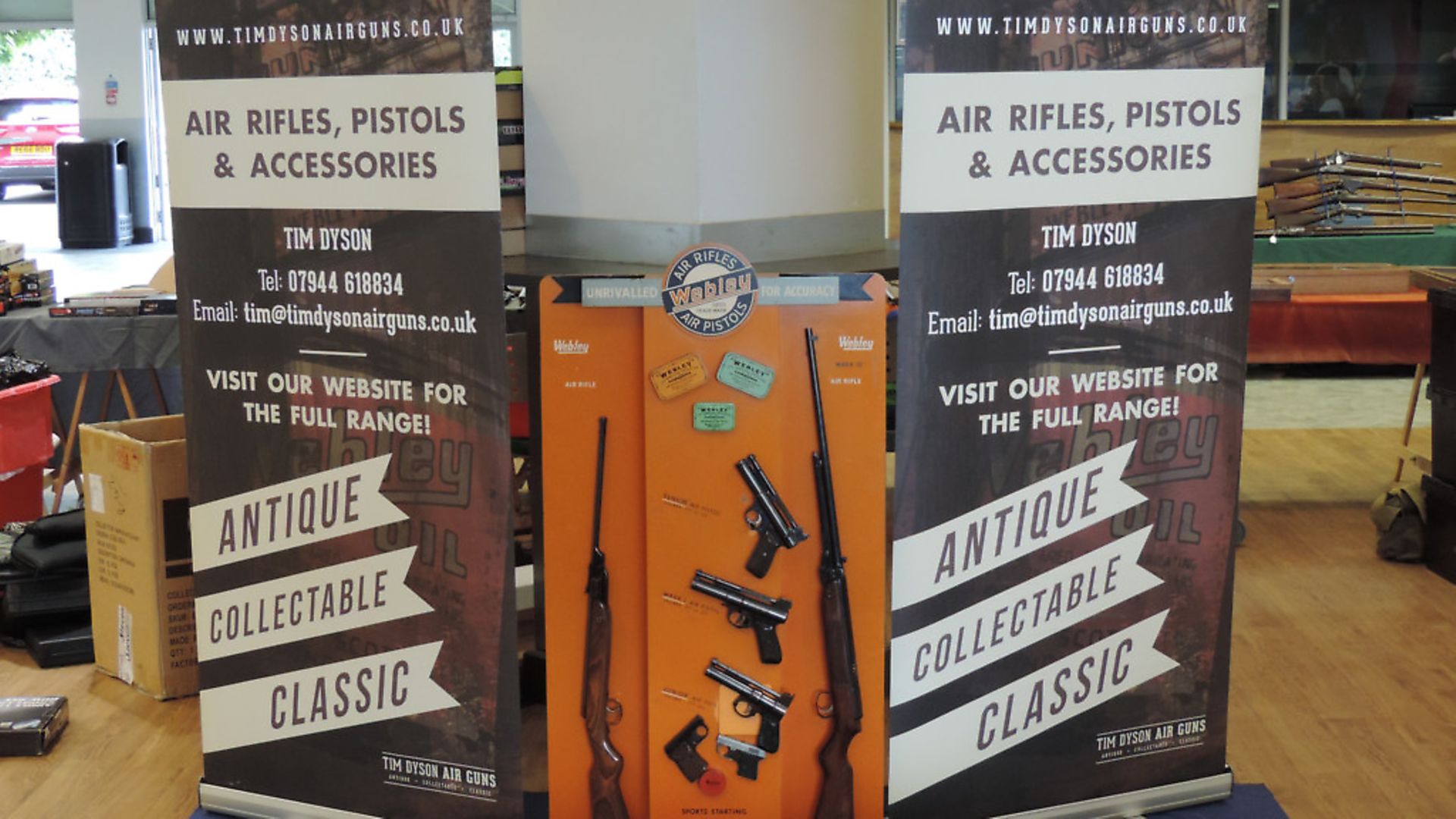 credit: Archant
credit: Archant
Just before the shops closed during the current pandemic, I popped into Protek Supplies in Bognor Regis to pick up a pistol for a future review. Whilst in the shop, Vic placed a gun-bag in my paws and urged me to examine the contents. I took out a long BSA underlever and immediately identified it as a pre-WW1 Improved Model D, with a rare, factory-fitted BSA No 12 aperture sight.
I’m sure all collectors who are handed such a rifle naturally look for a number 3 in front of the loading hole because this identifies the incredibly rare No 3 bore, or .25 calibre, and I nonchalantly did the same, not really expecting to find such a number. However, there it was; a large ‘3’ in front of the tap. I checked the serial number and that was in the 21000 range, which is just what I’d expect to see on such a rifle. As I gurgled something under my breath, Vic said he intended taking the rifle to the next Kempton fair. I managed a slightly more pronounceable, “So it’s for sale then?” and needless to say, the rifle came away with me as a replacement for my own rather battered and worn example. This just proves that it is worth visiting your local gun shop – when circumstances get back to normal – because you never know what might land in your lap.
TOP TIP
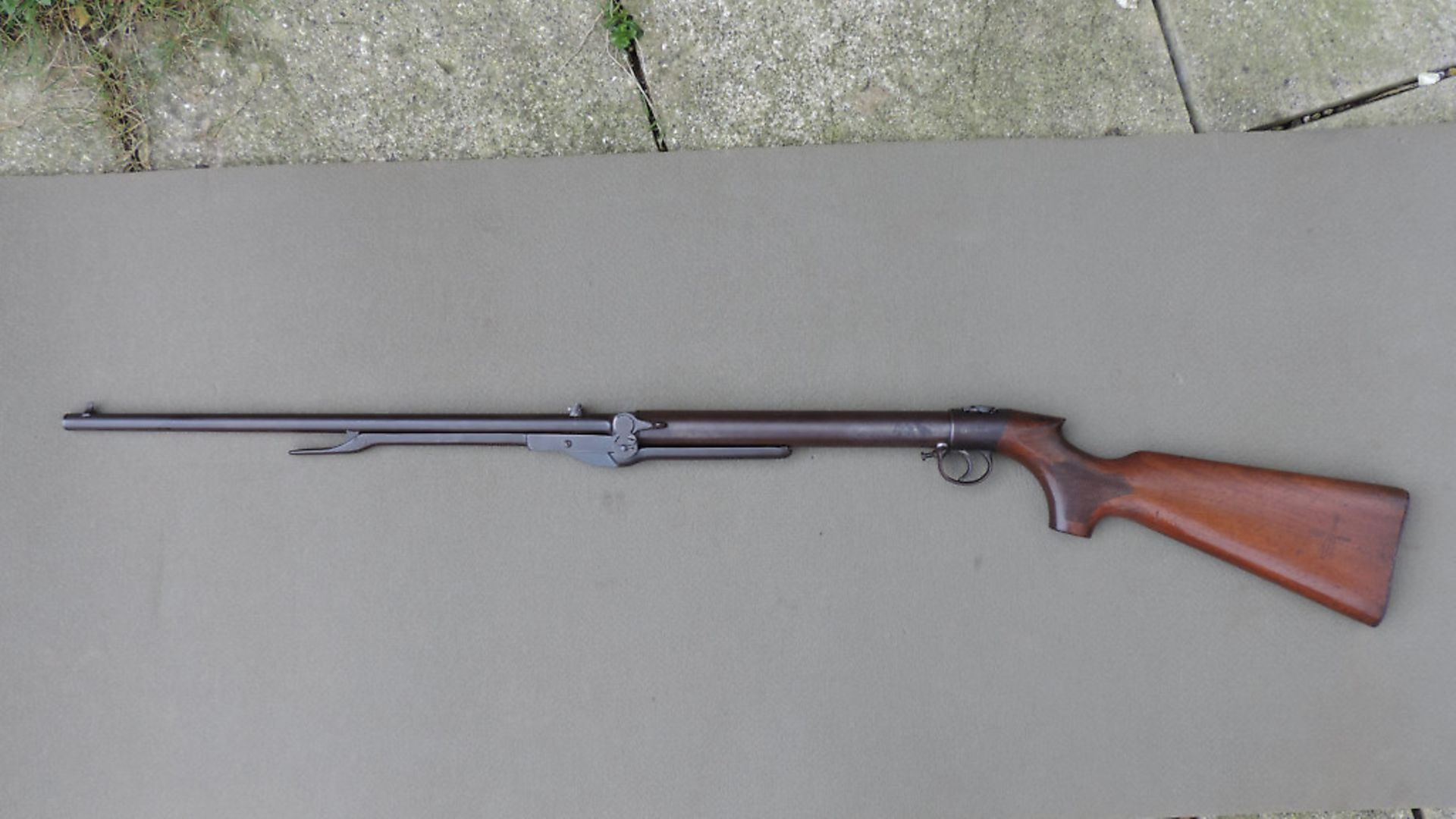 credit: Archant
credit: Archant
Upon getting home, I could not resist testing the rifle on my six-yard indoor range, and despite the relatively smooth cocking stroke, the recoil was harsh and pellet impact some four inches high at the sight’s lowest setting. When I took the BSA apart, it soon became apparent that a previous owner had fitted a mainspring that was far too tight a fit within the piston. I replaced the spring with a slightly thinner one, which provided a smoother firing cycle as well as reduced recoil. To my delight, the pellet impacted at the point of aim and I’m now looking forward to further testing the rifle outdoors when circumstances permit. A tip to collectors of not just BSAs but any other used rifles is to examine the internals if the pellet impact does not coincide with the point of aim because invariably, harsh recoil can be tamed and accuracy improved.
A CASE IN POINT
Vic also showed me a leather-cased Webley Service air rifle and keen collectors will know that no fully documented factory cased set is currently known. Many of the cased Service sets offered for sale have been assembled recently, and not before WW2. Vic’s case had identical dimensions to Webley-endorsed canvas and leather ones, and the ‘right amount’ of age patina, so it looked ‘right’ despite the absence of a trade label. Sadly, there was no concrete provenance or history, but there is every possibility the case was a genuine Webley endorsed product. Needless to say it was not for sale.
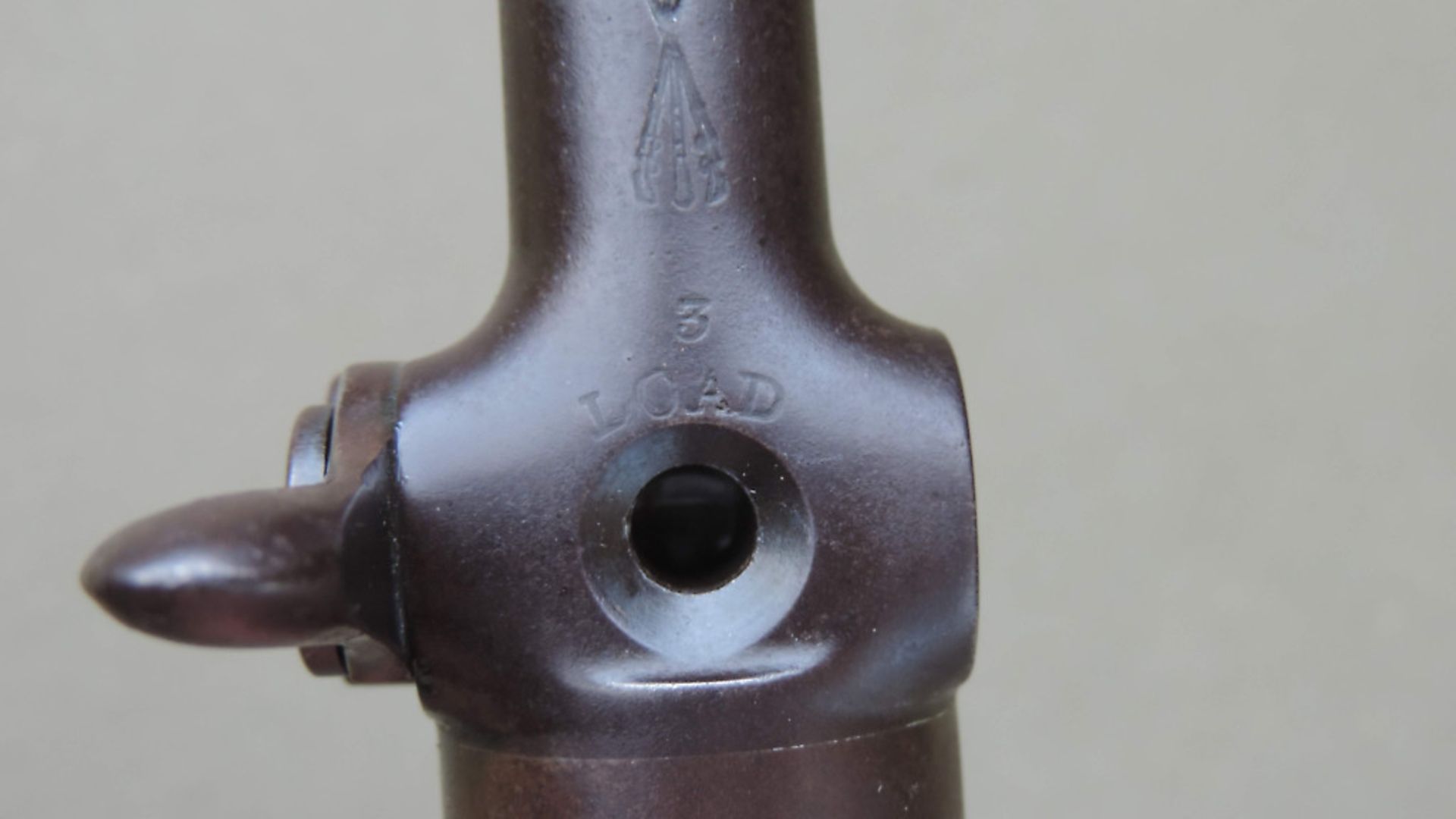 credit: Archant
credit: Archant
A RARE WEBLEY, TOO
Within days, I was contacted by Tim Dyson, of Tim Dyson Air Guns; probably the largest dealer in vintage airguns in the country, asking me if I’d seen the canvas and leather-cased Webley Service that had recently been advertised online. I hadn’t and Tim said he could show it to me because he had bought it for his own collection. As promised, the pictures arrived and with its faded trade label, the case looked correct. Now, I’d been after an original cased set like this ever since ‘Webley Air Rifles’ author, Chris Thrale, showed me one in around 1993, but without success. I’d all but given up on ever owning one to be truthful, but luckily Tim is a dealer as well as a collector. He therefore very generously offered to sell me the case, which also contained a number of original accessories.
 credit: Archant
credit: Archant
ONLY MADE IN 1938 AND 1939
Webley made no mention of a fitted case in their June 1937 ‘Unrivalled Accuracy’ catalogue, nor a September 1937 price list, but in the January 1938 Webley Unrivalled Accuracy catalogue, two grades of a Canvas Case for Air Rifle and a more expensive leather case were mentioned. The ‘cheapest’ grade was a canvas-covered case fitted with two locks, which sold for £1.5/-. A similar case with additional straps was priced at £1.10/- whilst the top-of-the-range leather case sold for £3.
Webley explained that the case was intended to carry the rifle with barrel dismounted, a cleaning rod, pellets, an oil tin, etc. Webley continued to offer the case until the outbreak of the Second World War in 1939 put a stop to airgun production for the duration.
NOT ONE, BUT TWO!
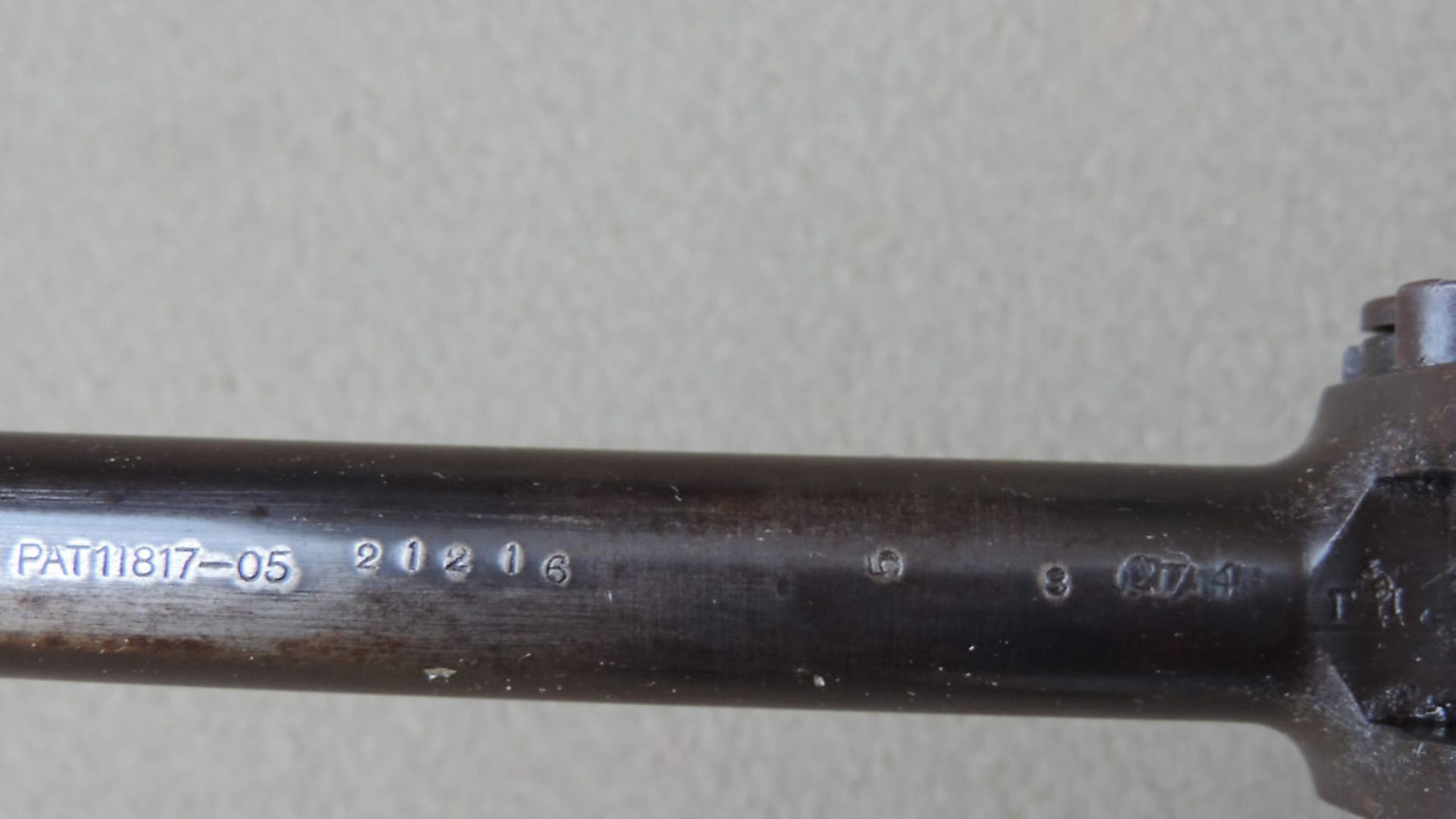 credit: Archant
credit: Archant
So, within a matter of days, I had been offered two of the rarest items for the discerning BSA and Webley collector. Had I not bothered popping into Protek, or letting Tim Dyson know of my wants, I probably wouldn’t have had the opportunity to buy either item. It therefore pays to have your collecting fingers in as many pies as possible if there is something specific and rare that you want to add to your collection, and with a helping of luck, these items do come along once in a while. Now I need to start saving again!
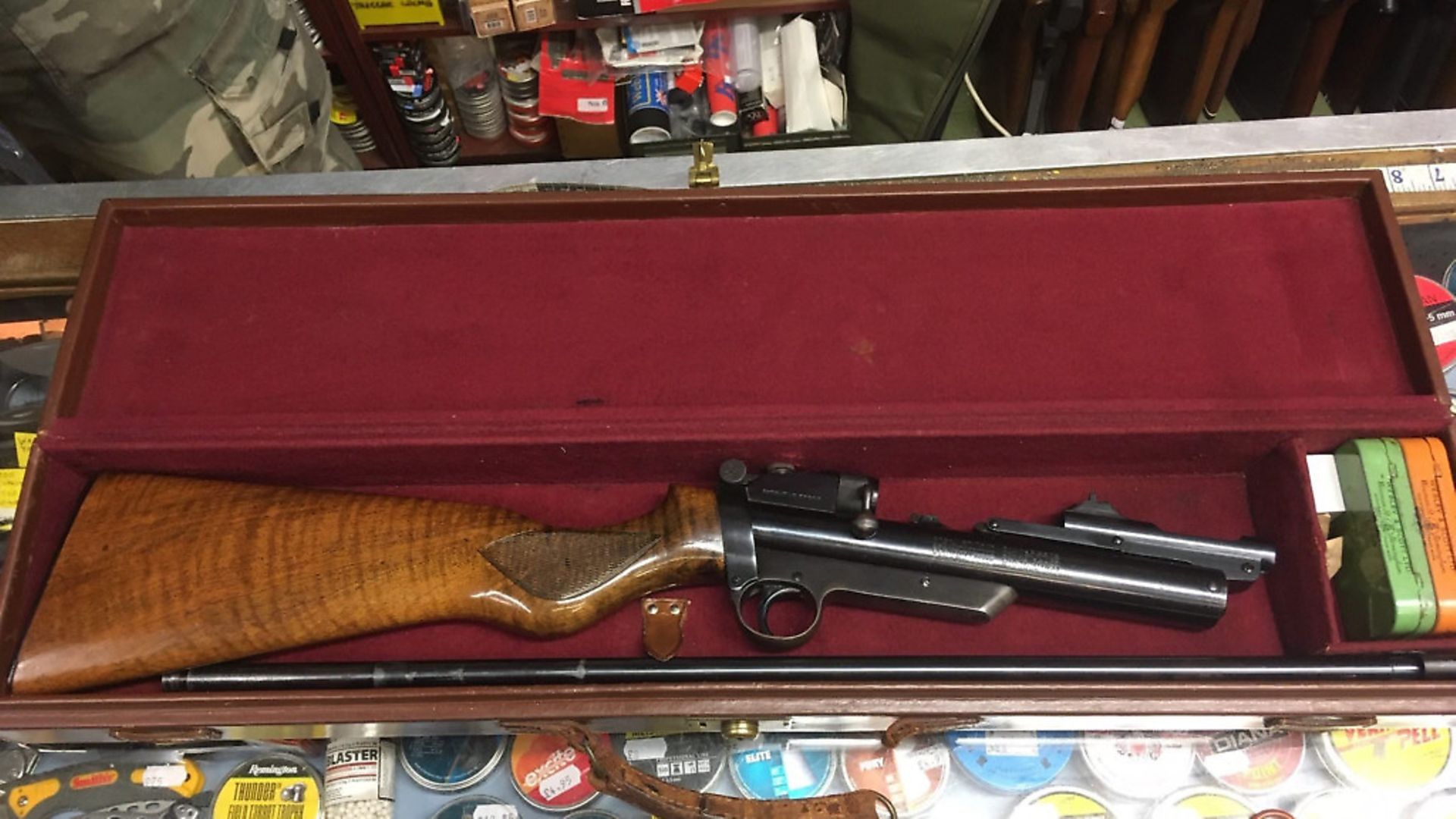 credit: Archant
credit: Archant